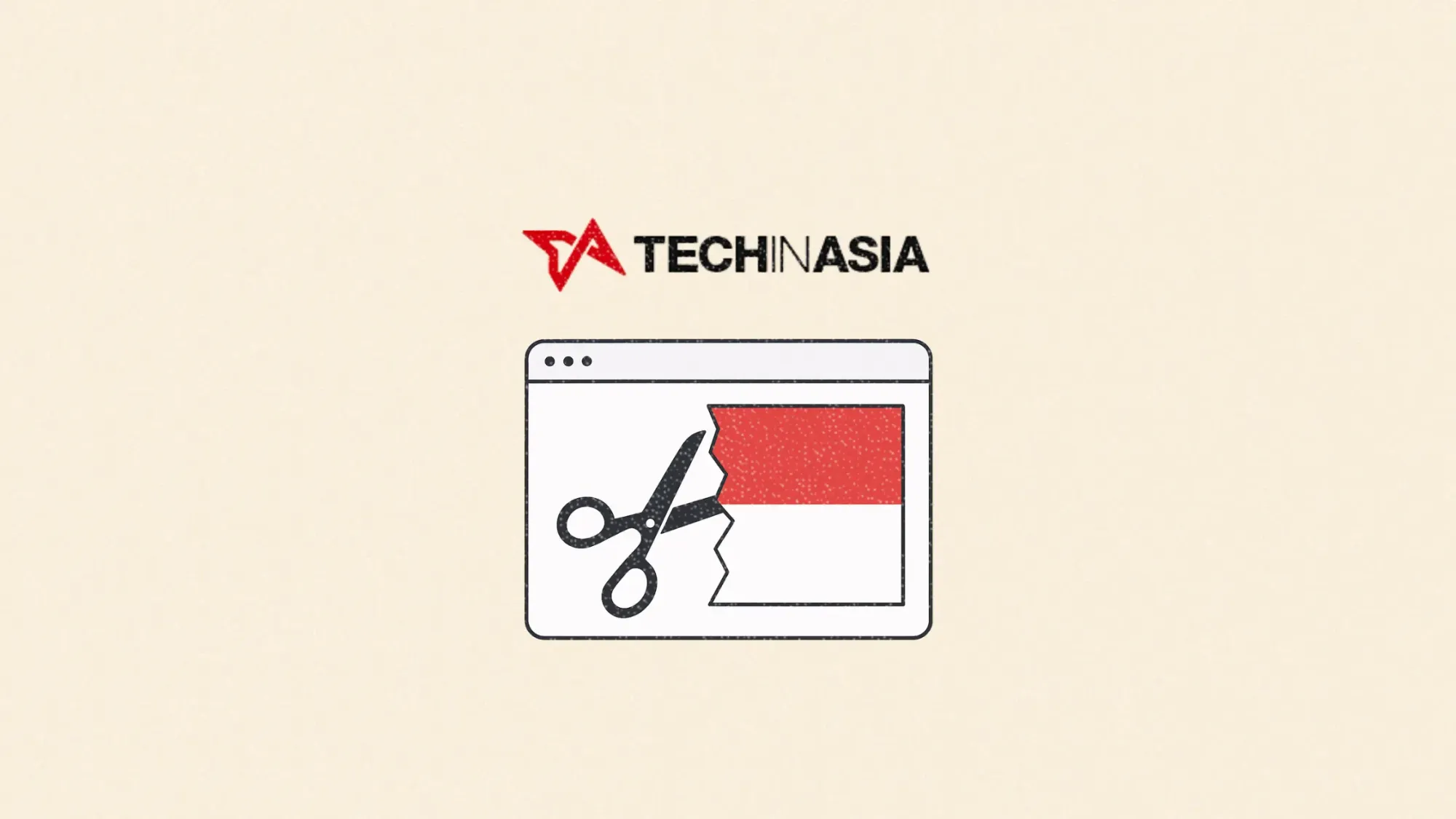Tech in Asia drops Indonesian-language site, lays off 18% of staff in strategic overhaul
Tech in Asia closes its Bahasa Indonesia platform and lays off 18% of staff in a push toward sustainability

Tech in Asia (TIA) is shutting down its Bahasa Indonesia platform on 15 July 2025 and reducing headcount by nearly a fifth—an abrupt and emotional shift for one of Southeast Asia’s most prominent startup-focused media outlets.
In an internal memo shared on Tuesday 1 July 2025, CEO Willis Wee likened the decision to “cutting off an arm to save the body.” Effective 15 July 2025, Tech in Asia Indonesia will be discontinued, with 18% of total staff departing as part of the restructuring.
The move comes more than a year after TIA was acquired by SPH Media in January 2024—and notably, just months after SPH appointed its new Chief Executive Officer. While the memo doesn’t link the decision directly to new leadership, the timing suggests it may reflect broader strategic recalibrations under the new regime.
This article explores what the shutdown means for tech journalism in the region, why the company is consolidating, and what it signals for B2B marketers and communicators working in fast-growing emerging markets.
Short on time?
Here’s a table of contents for quick access:

What happened and why
In his memo, Wee cited mounting financial pressures and an unsustainable cost structure as drivers of the decision. While TIA had experimented with adjustments to its model, Wee acknowledged that those efforts weren’t enough to offset economic realities.
Notably, the company will maintain a presence in Indonesia through its English-language editorial team and local operations unit, which will continue to support events such as the Tech in Asia Conference. However, the Bahasa Indonesia newsroom—which once played a foundational role in the region’s tech media ecosystem—will be sunset.
Wee emphasized that the layoffs were not reflective of performance: “Their work has been remarkable,” he wrote of the outgoing Indonesian team. Severance packages and transitional support, including retention of company laptops, are being offered to departing staff.
The decision arrives at a time when media companies globally are grappling with declining ad revenue, rising costs, and shifting platform dynamics. Even so, this marks a significant and symbolic exit from a local-language market TIA had served for over a decade.
A reflection on TIA Indonesia's impact
Enricko Lukman, a former TIA chief editor who helped launch the Indonesian-language site, shared a poignant reflection on LinkedIn following the news. He called the shutdown “deeply saddening,” describing TIA Indonesia as a platform that authentically documented the country’s tech story in its native language.
His post outlined five key lessons from building local tech media—ranging from the importance of editorial independence to the hard truth that “eyeballs don’t equal revenue.” He also underscored how relationships—not just stories—formed the core of lasting impact.
For many, TIA Indonesia was more than a publication—it was a cultural and entrepreneurial conduit that helped local founders gain visibility and validation in a rapidly growing ecosystem.
What marketers should know
For B2B marketers and PR professionals, TIA’s restructuring is more than just a media story—it’s a strategic shift that reshapes how, and where, they tell their stories in Southeast Asia. Here’s what to keep in mind:
1. Local-language channels are vulnerable
Despite high engagement, running local-language media outlets is expensive—and often subsidized by events or enterprise services. Marketers should prepare for a future where fewer trusted outlets offer native-language tech coverage, especially in fast-developing markets.
2. English-language reach will dominate—at a cost
With TIA focusing its editorial muscle on its international edition, marketers targeting Indonesia must rethink content localization strategies. English content may reach a broader audience, but it risks losing the nuance and relatability that comes with publishing in Bahasa.
3. Don’t overlook owned and earned media
As third-party media tightens its belt, brands should double down on their owned media strategies—blogs, newsletters, and video content—as well as deeper relationships with remaining local journalists. Invest in media training and B2B storytelling to help founders and spokespeople articulate value clearly across both formats.
4. Conferences and live events may become the anchor
With TIA retaining its events arm in Indonesia, marketers should expect more activity—and competition—around event-based visibility. Sponsorships, panels, and side activations will become more strategic levers for narrative control and founder exposure.
Tech in Asia’s pivot reflects a sobering reality in digital media: relevance doesn’t guarantee sustainability.
While the company isn’t pulling out of Indonesia entirely, it is choosing to focus its resources—financial and editorial—on what it sees as the most scalable path forward.
For marketers, it’s a reminder to diversify media bets, build relationships early, and stay agile in an ecosystem where even long-standing platforms aren’t immune to hard resets.




